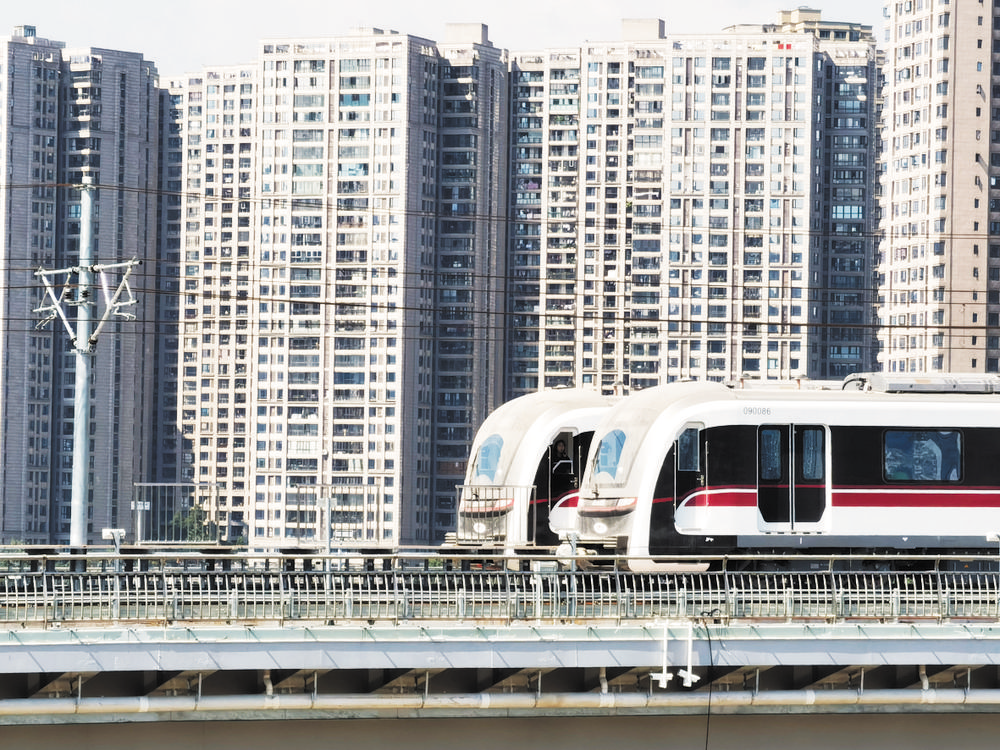Chongqing News
Phase I of CRT Line 9 to be in service this month
2022-01-06 13:21:59

CHONGQING (CQNEWS) -- Recently, the reporter learned from Chongqing Municipal Commission of Housing and Urban-rural Development that the Phase I of Chongqing Rail Transit Line 9 is expected to be in service this month. By then, the mileage of rail transit in Chongqing will exceed 400 kilometers, providing an important guarantee for the city to speed up the building of a “metropolitan area on rail” and to construct a “one-day living circle” and a “one-hour commuting circle”.
Phase I of Chongqing Rail Transit Line 9 starts from Shapingba District in the west to Yubei District in the north, with a total line length of 32 kilometers and 25 stations. Trains are Mountain AS type and run at a maximum speed of 100km/h.
Stations include Xinqiao, Gaotanyan, Tianli Road, Shapingba, Xiaolongkan, Tuwan, Hongyancun, Fuhua Road, Hualongqiao, Lijiaping, Mahuangliang, Guanyinqiao, Liyuchi, Liujiatai, Jiangbeicheng, Wulidian, Gailanxi, Toutang, Bonded Port, Cruise Ship Mother Port, Hejialiang, Shipanhe, Shangwan Road, Qinggangping, Baosheng Lake and Xingke Avenue.
The entire Line 9 can be transferred with Lines 1, 3, 4, 5, 6, 10, 15, 18 and Loop Line
The person in charge of Chongqing Municipal Commission of Housing and Urban-rural Development said that Chongqing has been in the lead of the city’s development pattern with rail transportation in recent years, accelerating the integration of the four networks of trunk railways, intercity railways, suburban railways (urban rail express lines) and urban rail transit, and striving to build a “metropolitan area on rail”. So far, nine rail transit lines have been completed in the main districts of Chongqing, with a mileage of 370 kilometers open to traffic.
The average daily passenger flow of rail transit in Chongqing has reached 3.4 million, with the highest daily flow reaching 4.17 million, and the proportion of rail transit trips to total public transport trips is close to 40%. “We have continued to enhance the travel experience of the public by implementing quality and efficiency improvements at stations and transfers between rail transit and buses, with rail transit gradually becoming the first choice for people.” (Translated by Wang Huixin, Fathom Language Limited)
Editor:Jiang Yiwei
 手机阅读分享话题
手机阅读分享话题